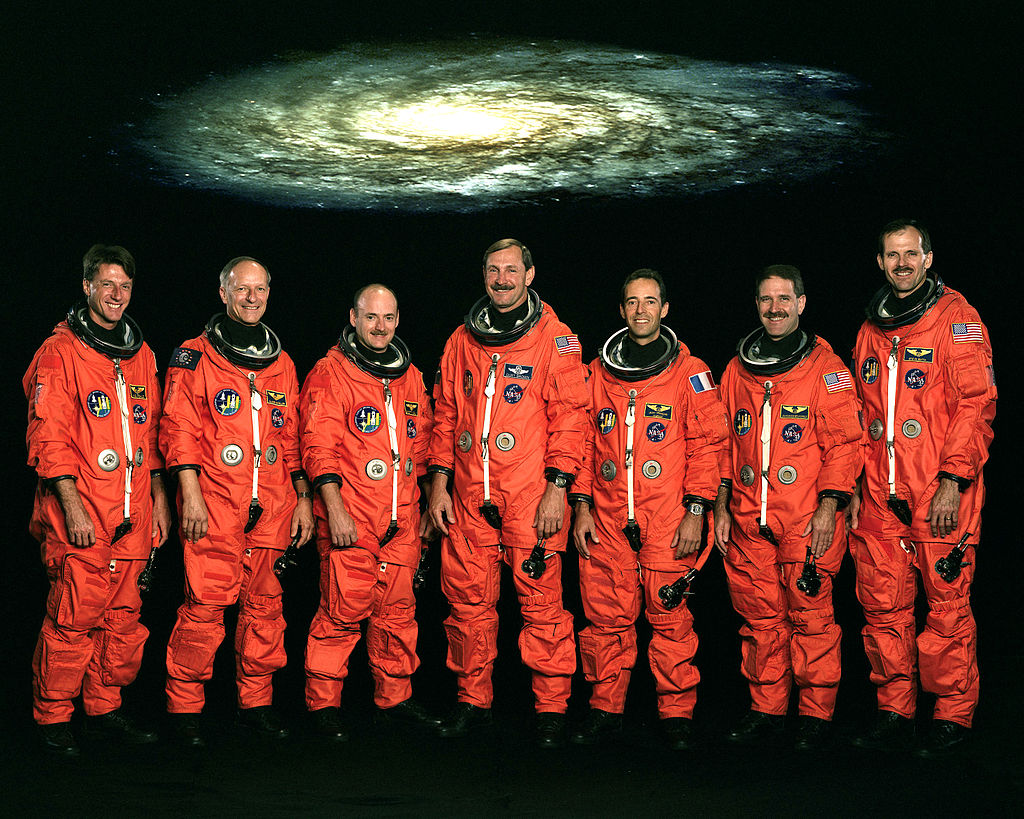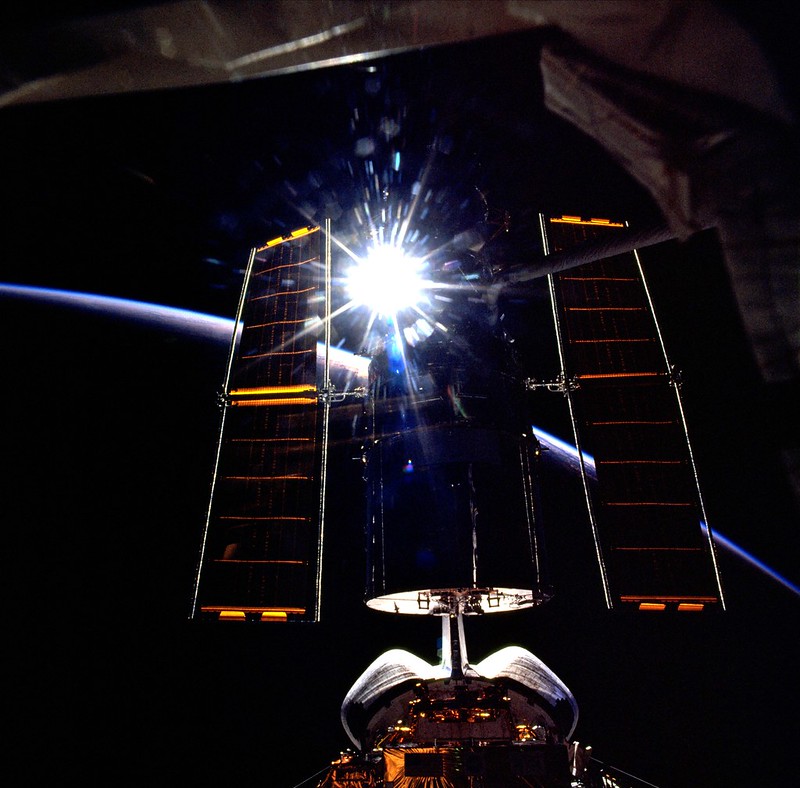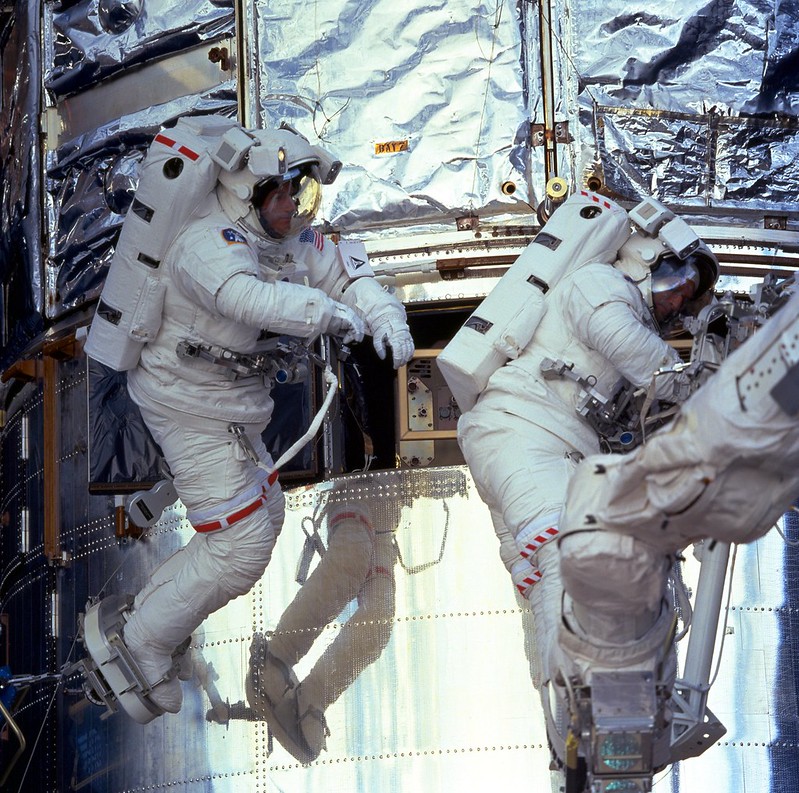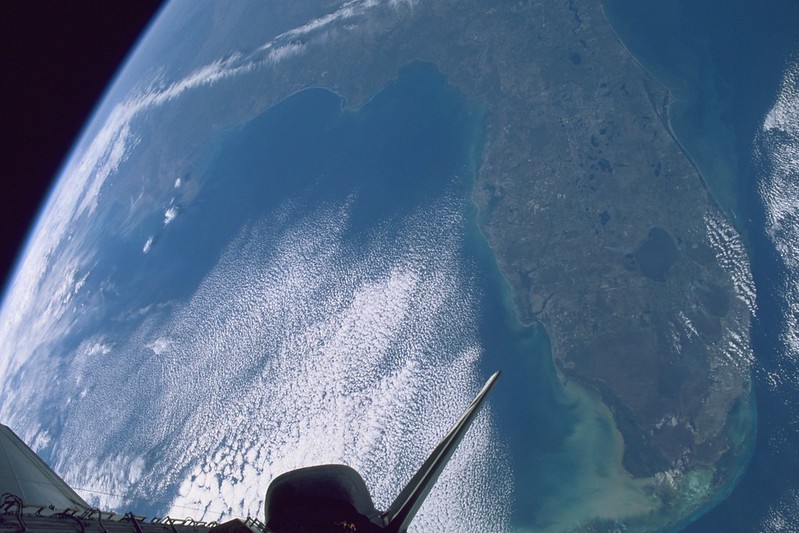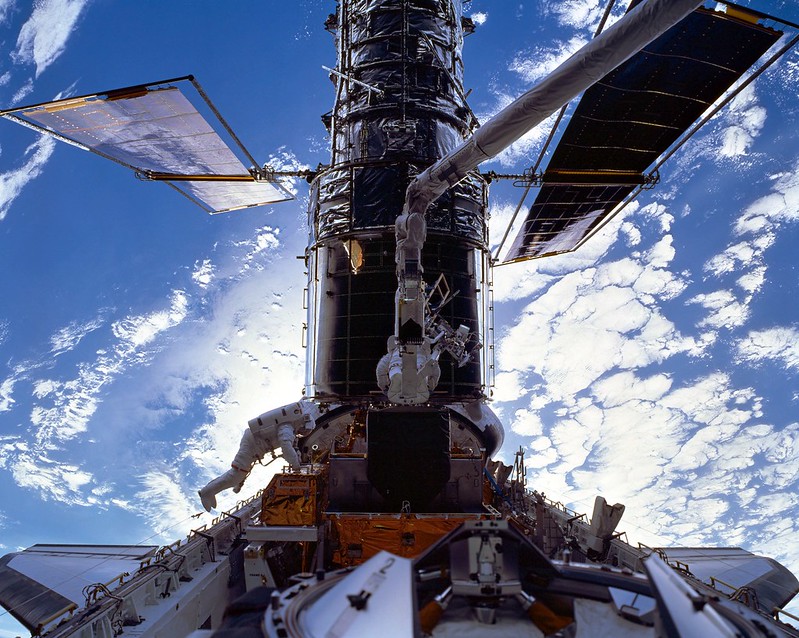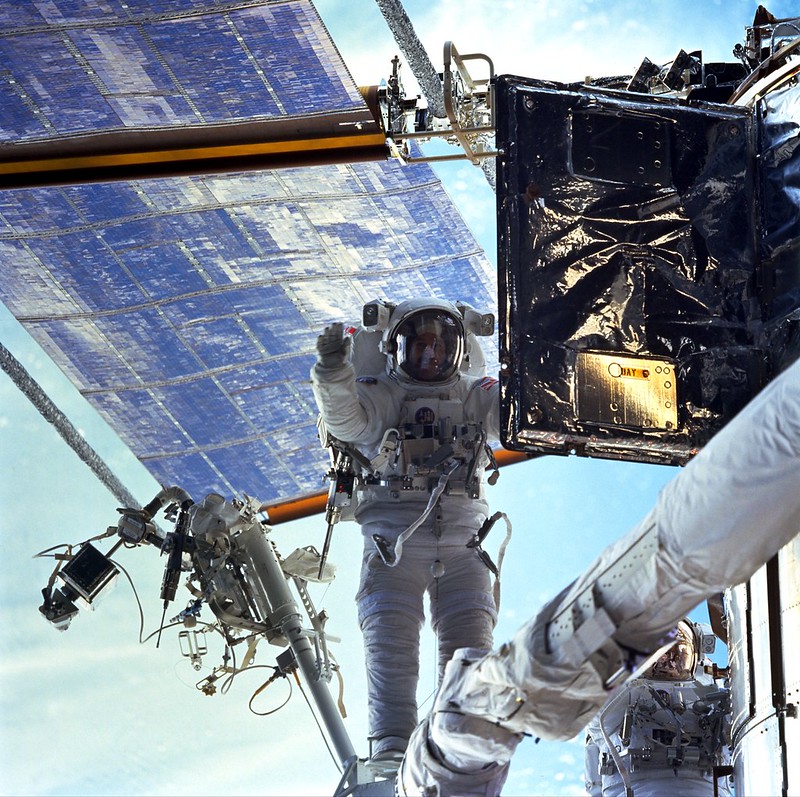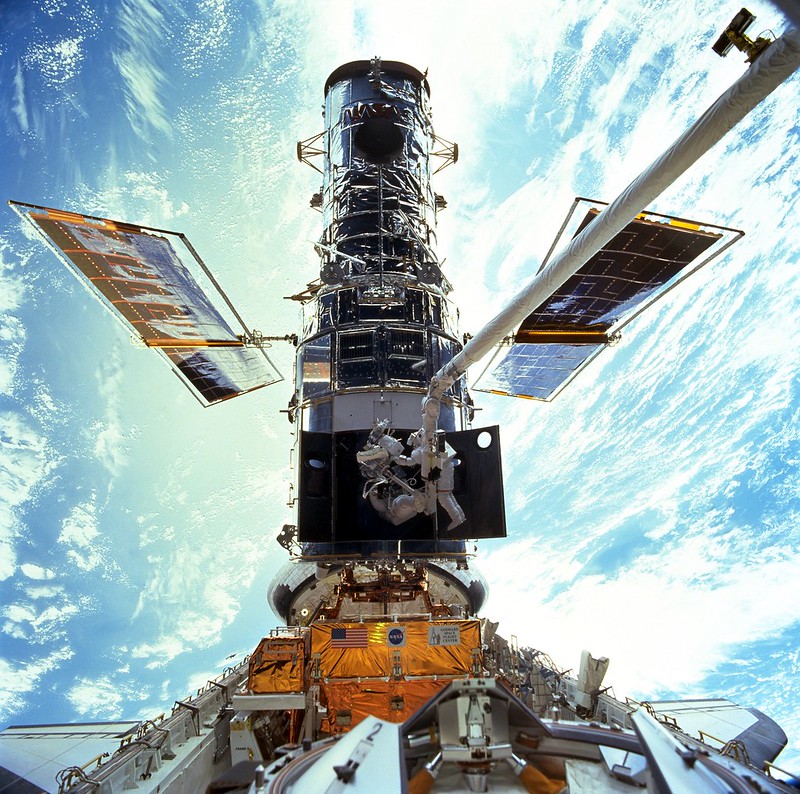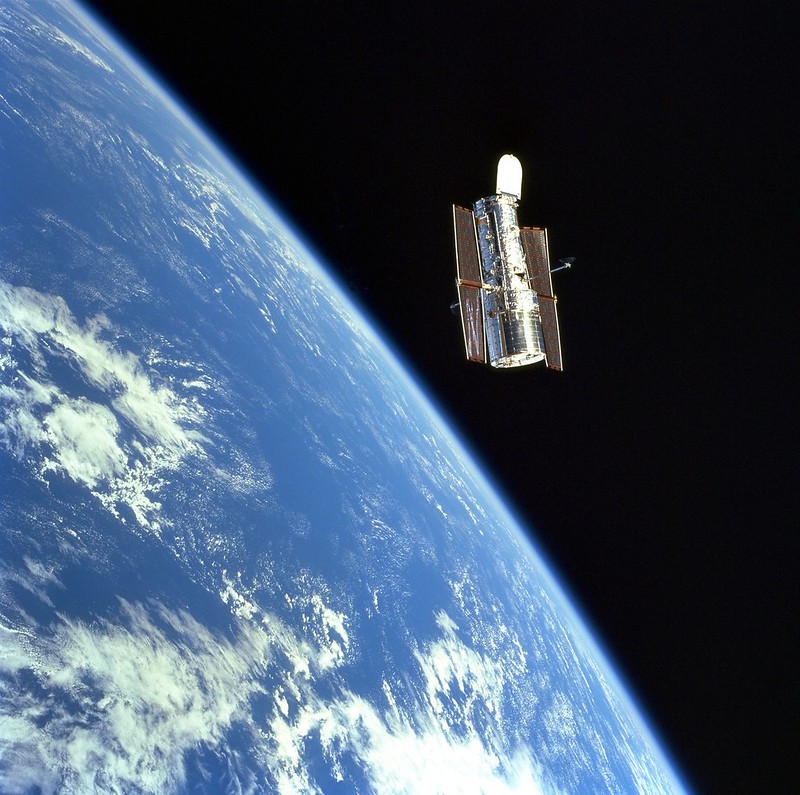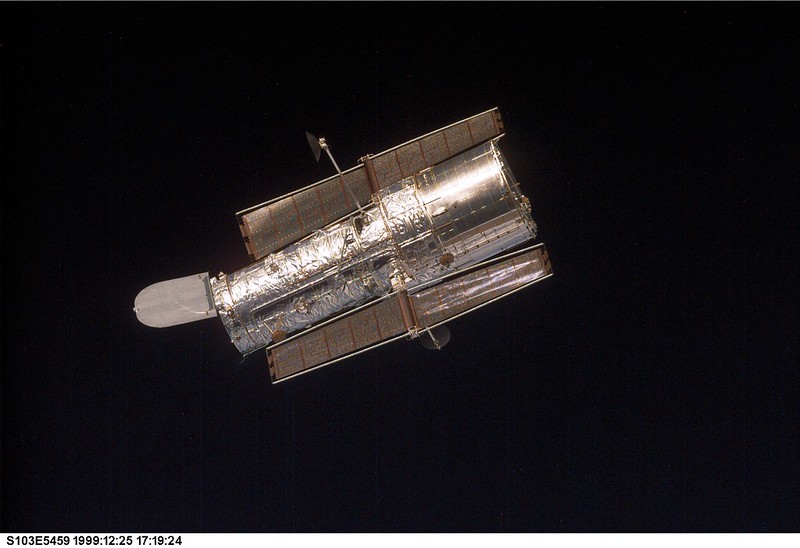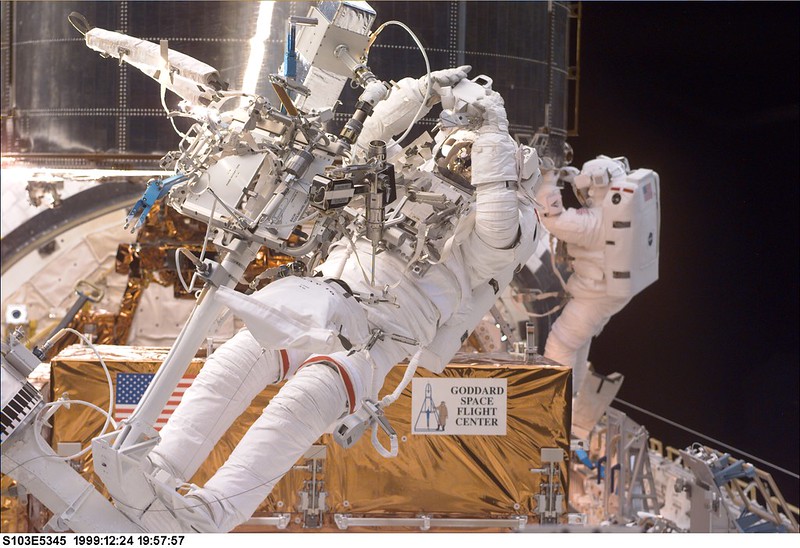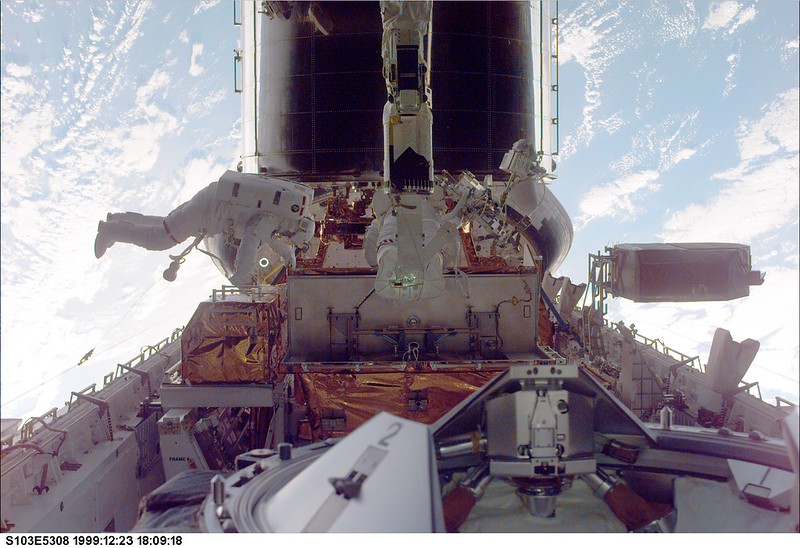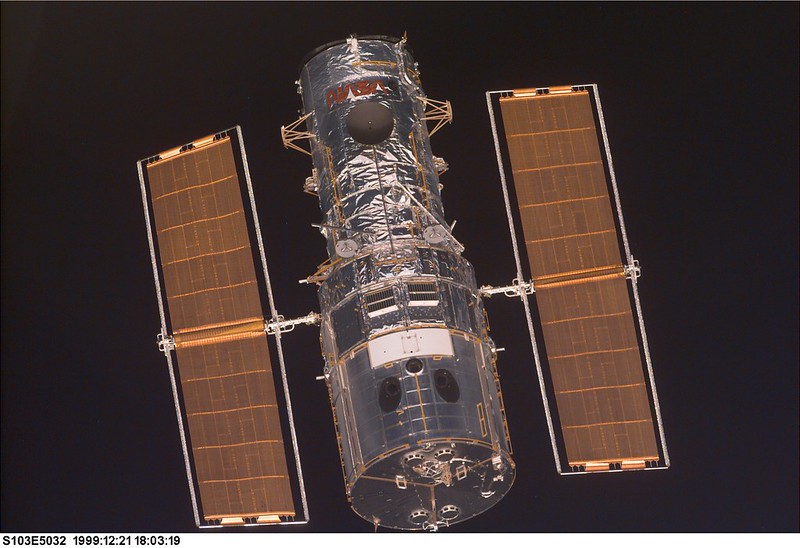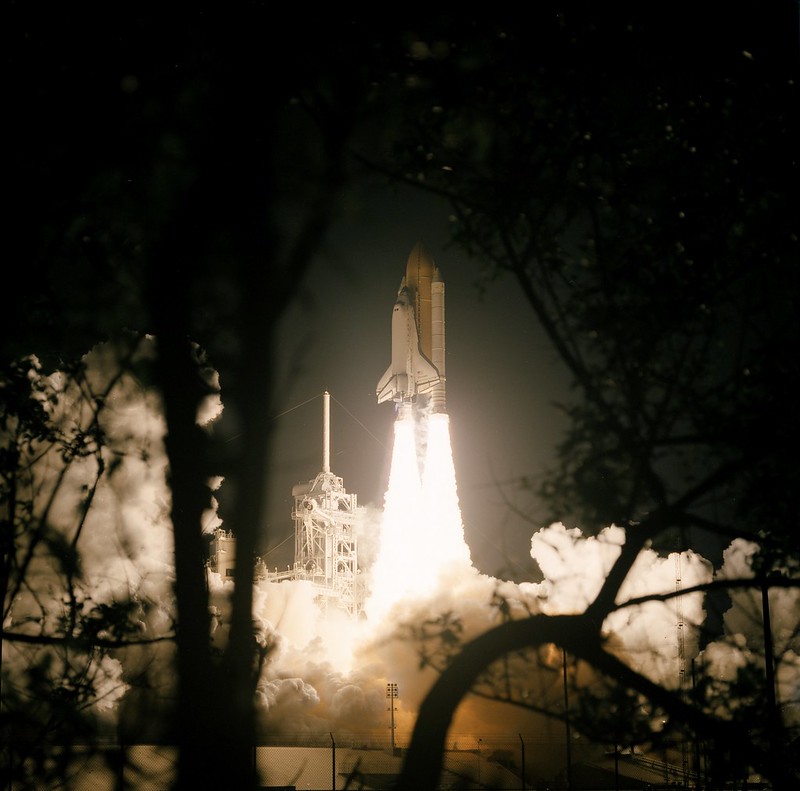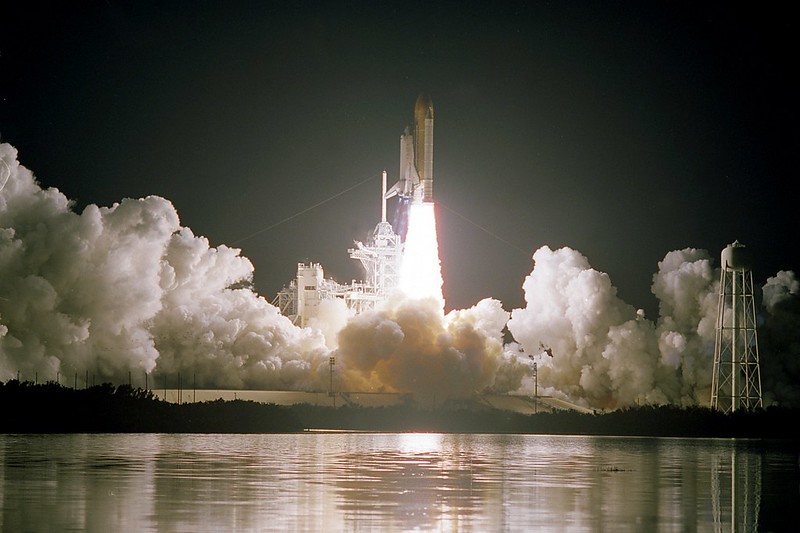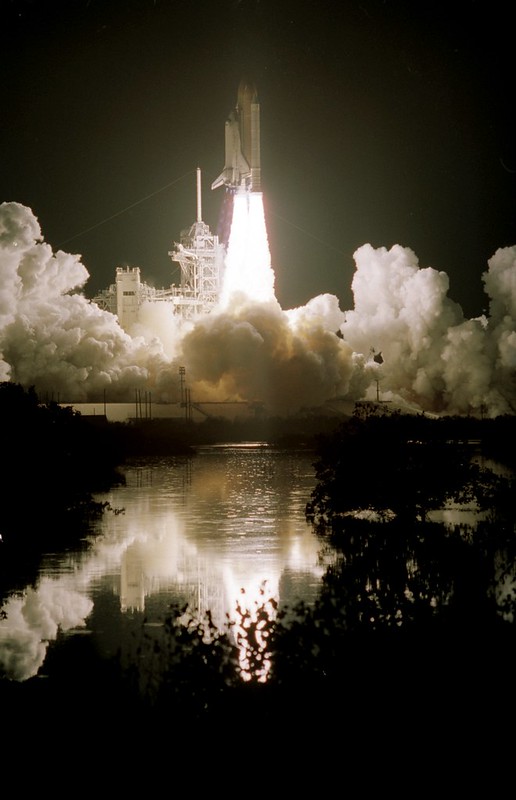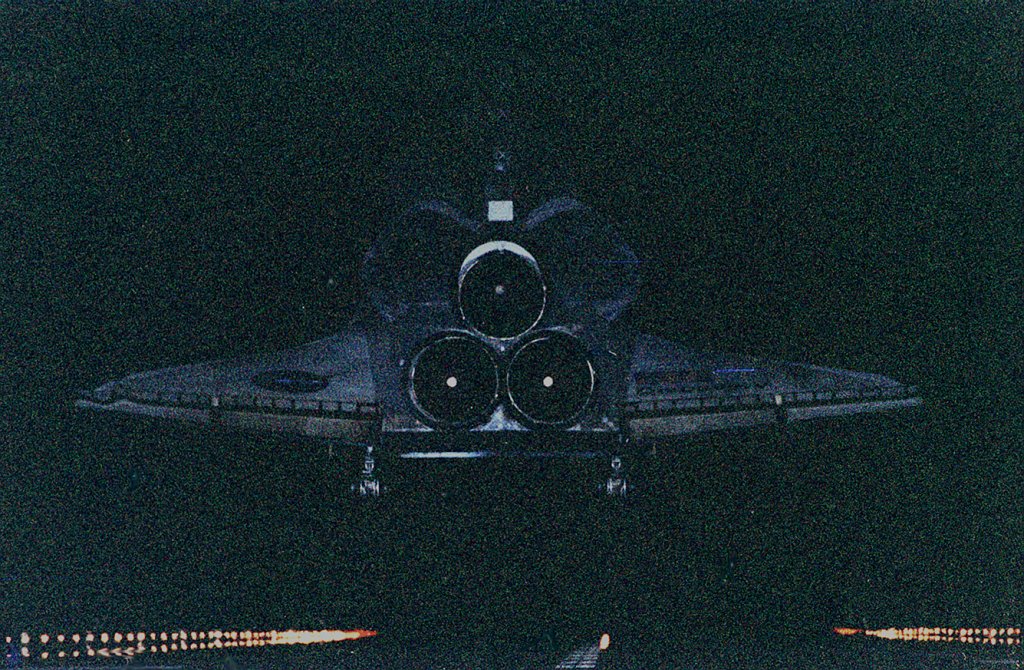STS-103 Fact Sheet
By Cliff Lethbridge

STS-103 — Discovery
96th Space Shuttle Mission
27th Flight of Discovery
Crew:
Curtis L. Brown, Jr., Commander
Scott J. Kelly, Pilot
Steven L. Smith, Payload Commander
C. Michael Foale, Mission Specialist
John M. Grunsfeld, Mission Specialist
Claude Nicollier, Mission Specialist, European Space Agency
Jean-Francois Clervoy, Mission Specialist, European Space Agency
Orbiter Preparations:
Tow to Orbiter Processing Facility – June 6, 1999
Rollover to Vehicle Assembly Building – November 4, 1999
Rollout to Launch Pad 39B – November 13, 1999
Launch:
December 19, 1999 – 7:50:00 p.m. EST. Although STS-103 was planned using an accelerated schedule, a number of delays were encountered prior to launch. The mission was originally targeted for launch in June, 2000 but was rolled back to October 14, 1999 when the third of six gyroscopes aboard the Hubble Space Telescope (HST) failed. HST requires at least three working gyroscopes in order to be successfully oriented toward its target.
Mission preparations became critical on November 13, 1999 when the fourth of six gyroscopes failed, rendering HST inoperable. By that time, STS-103 was already suffering severe setbacks in the launch schedule. In August, 1999 NASA decided to inspect wiring aboard all Space Shuttles as a result of potentially catastrophic wiring defects encountered during STS-93. This resulted in STS-103 being scheduled for launch no earlier than October 28, 1999.
A number of wiring defects aboard Discovery were found, and repair operations dictated that a launch be scheduled for no earlier than November 19, 1999. Consideration was given to launching STS-99 before STS-103, but that possibility was eliminated when the November 13, 1999 HST gyroscope failure made a timely launch of STS-103 critical.
Wiring repairs took longer than anticipated, and launch was rescheduled for no earlier than December 2, 1999. When a 1/2-inch drill bit was discovered lodged inside Discovery’s Main Engine Number Three, launch was rescheduled for no earlier than December 6, 1999. Main Engine Number Three was replaced at the launch pad.
Damaged wiring was then discovered in an umbilical connection between the Orbiter and the External Tank, and the launch was rescheduled for no earlier than December 9, 1999. The launch date was extended to no earlier than December 11, 1999 in order to allow workers to receive a break for the Thanksgiving holidays while these electrical repairs were in progress.
During routine closeout inspections of the Main Engine compartment, a severely dented main propulsion system line was discovered. The line carries liquid hydrogen fuel to the Main Engines. Replacement of the damaged section resulted in launch being rescheduled for no earlier than December 16, 1999. This launch date was later confirmed officially.
Launch was rescheduled for December 17, 1999 to allow a review of paperwork associated with welds in the 17-inch propellant feed lines and struts in the aft Main Engine compartment. An inspection had indicated that a weld may have been made with improper materials and procedures, but paperwork indicated that all welds were made properly.
A launch attempt on December 17, 1999 was scrubbed at the T-minus 9 minute mark due to bad weather at the Kennedy Space Center. Launch was rescheduled for December 18, 1999 but was not attempted on that day due to the prospect of continued bad weather. Launch on December 19 occurred on schedule with no delays.
Landing:
December 27, 1999 – 7:01:34 p.m. EST at Runway 33, Kennedy Space Center. Rollout distance was 7,005 feet. Rollout time was 47 seconds. Mission duration was 7 days, 23 hours, 10 minutes, 47 seconds. Landing occurred during the 119th orbit. The mission was shortened from 10 days to 8 days in order to assure that Discovery would be safely returned to the Orbiter Processing Facility at the Kennedy Space Center prior to the Y2K rollover on January 1, 2000.
Mission Summary:
STS-103 marked the third Space Shuttle mission to service the Hubble Space Telescope (HST). A rendezvous and grapple of HST was completed on December 21, 1999. This was followed by three spacewalks to service HST.
The first spacewalk of the mission was conducted on December 22, 1999 and lasted 8 hours, 15 minutes. During this spacewalk, astronauts Smith and Grunsfeld made a number of repairs, including the most critical repair of replacing all three of the HST Rate Sensor Units, each of which contains two gyroscopes. They also installed Voltage/Temperature improvement kits between the HST solar panels and its six batteries.
The second spacewalk of the mission was conducted on December 23, 1999 and lasted 8 hours, 10 minutes. During this spacewalk, astronauts Foale and Nicollier installed a new advanced computer and a new fine guidance sensor aboard HST. The new computer was 20 times faster than the one it replaced, and became operational just 30 minutes after being installed.
The third spacewalk of the mission was conducted on December 24, 1999 and lasted 8 hours, 8 minutes. During this spacewalk, astronauts Smith and Grunsfeld replaced a failed transmitter that sends scientific data from HST to the ground. They also replaced a reel-to-reel data recorder aboard HST with an improved, solid-state digital recorder.
Late at night on Christmas Eve when the crew was sleeping, Santa Claus took time out of his busy schedule to visit Discovery and leave presents for the crew. A surprised Mission Control Team in Houston caught a brief glimpse of Santa as he took a moment to wish everyone on Earth a Merry Christmas via television.
HST was released from Discovery on Christmas Day, 1999. This marked the first time a Space Shuttle crew was in space for Christmas, although this was not a first for the U.S. space program. The crews of Apollo 8 and Skylab 4 also spent Christmas in space.
SELECTED NASA PHOTOS FROM STS-103
